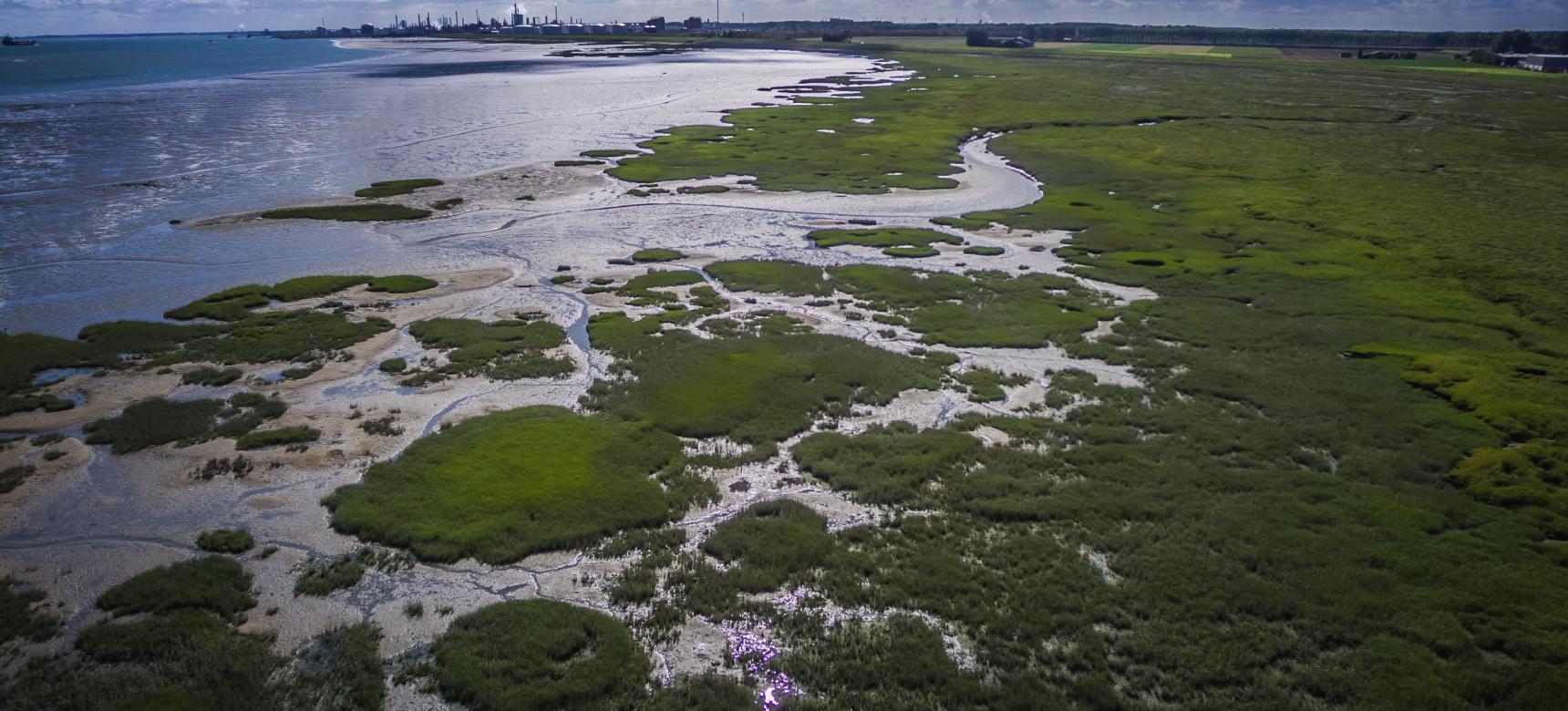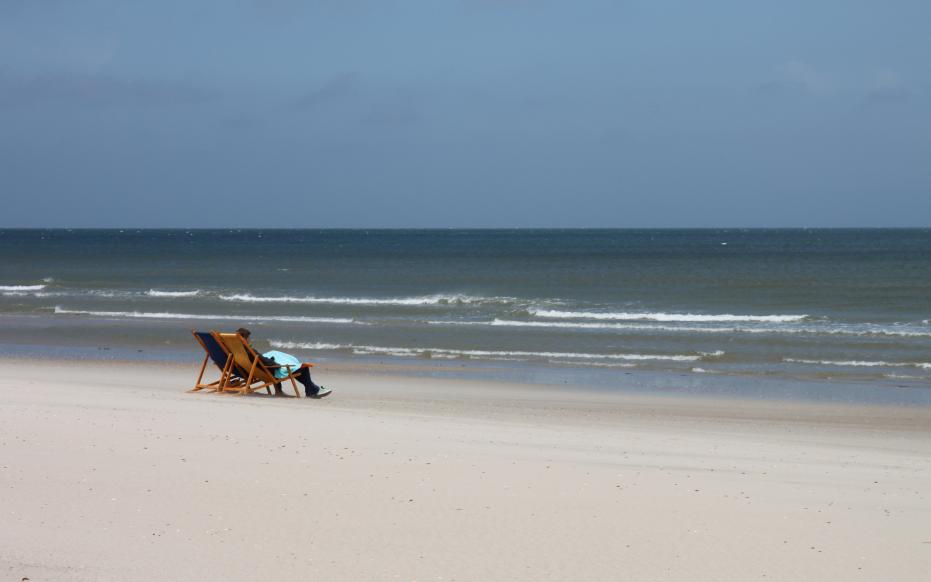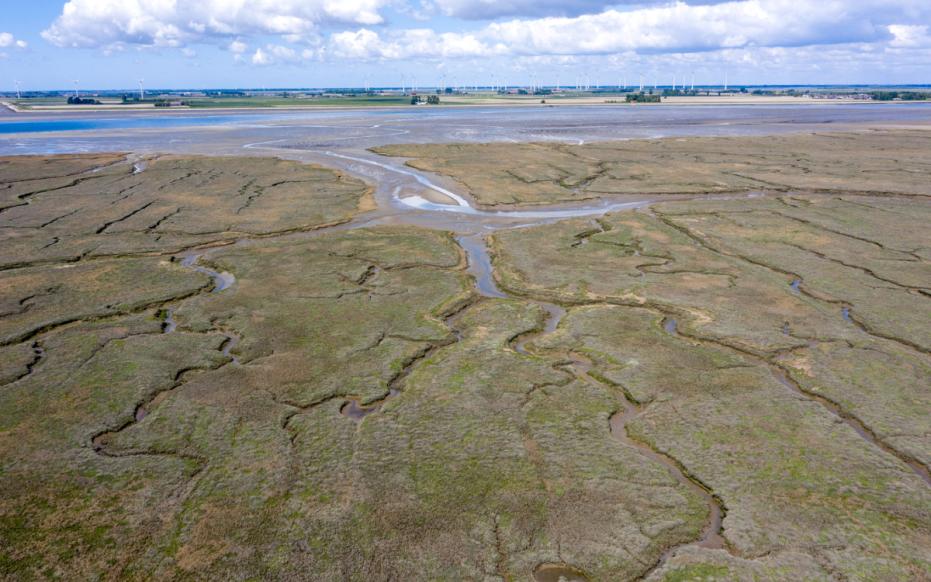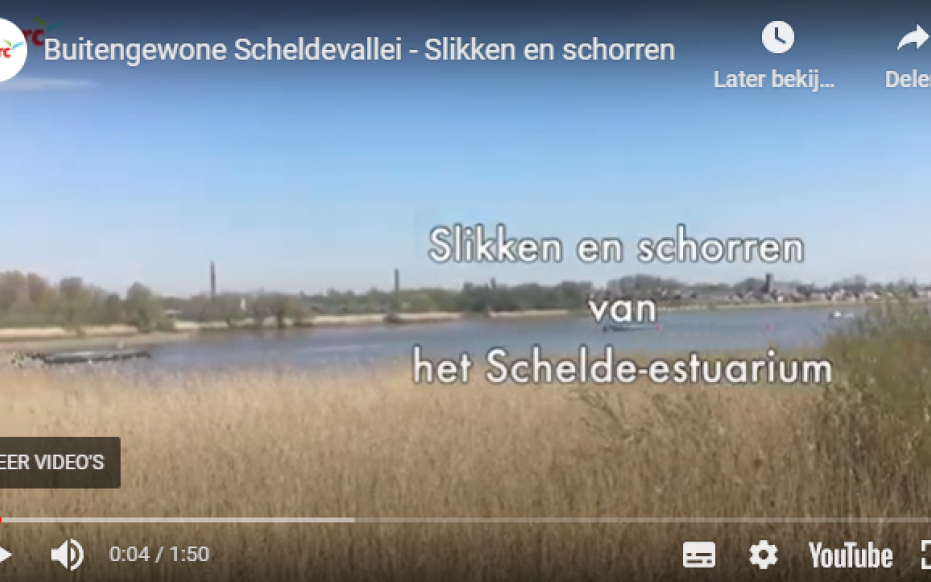What is tide?
You go to the beach on a hot day and want to take a refreshing dip in the sea. You may then notice that sometimes you have to walk far to the sea while other times the sea seems much closer. This happens even if you place your towel in the exact same spot. Because not only does the sea seem to move, it does!
That "moving" of the sea is what we call the tide. In other words, the alternation of a low, retreating and a high sea. You probably know the terms ebb and flood. Ebb is popularly referred to as low tide, meaning the time when the sea is far away. High tide is the opposite and thus a rise in sea water after low tide. The sea is then a lot less distant.



